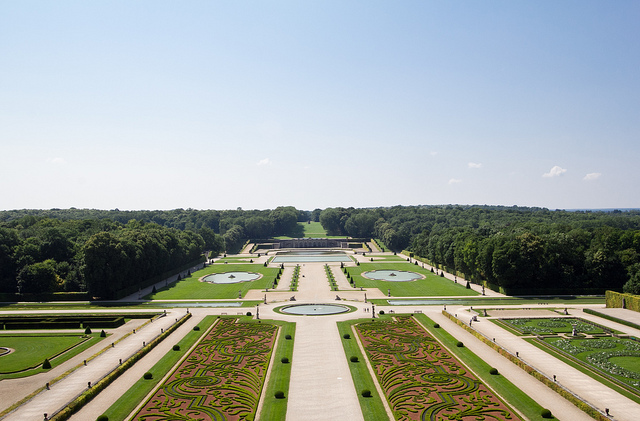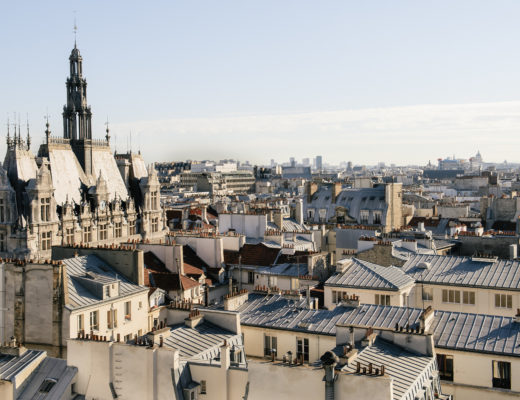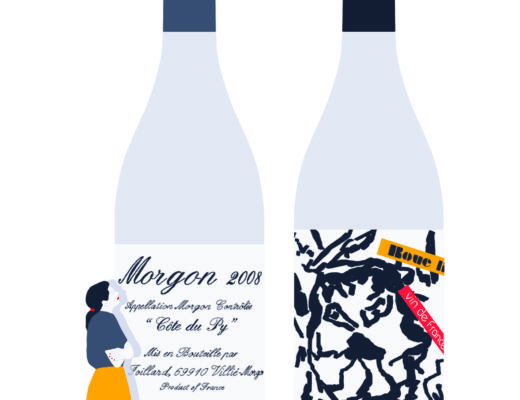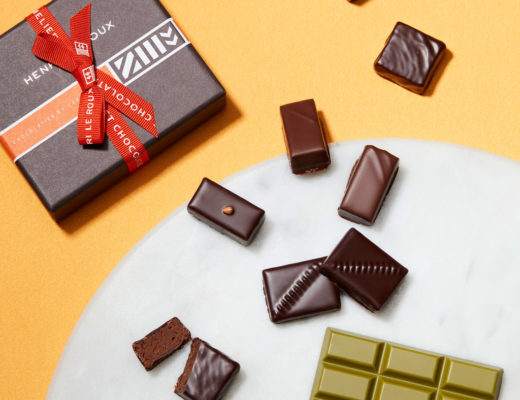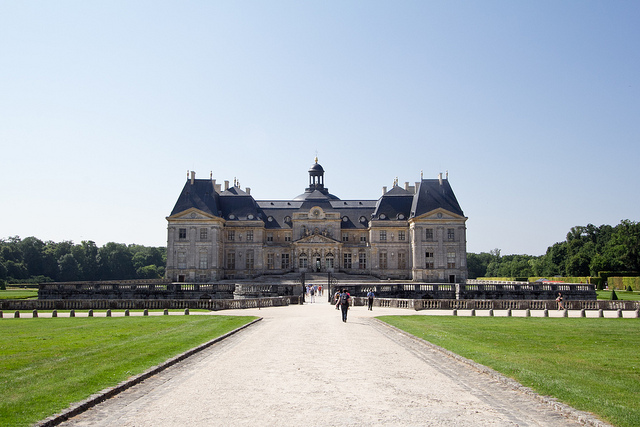
“The gardens of Versailles under Louis XIV seem to be but a deficient, proportionless, hyperbolic imitation of Vaux le Vicomte, born of royal resentment.” – Alan S. Weiss, author and professor.
Those who faithfully follow the guidebooks on Paris and its environs will undoubtedly find themselves journeying 10km south west of the capital to Versailles to discover the Sun King’s gilded emblem – an impressive if grandiose symbol of royal power and excess that attracts over 3 million visitors each year. The grandeur of the palace and its interiors aside, the biggest draw is unarguably the lushly manicured gardens that stretch for 250 acres. But few are aware that this 17th century French Formal Garden style for which Versailles has come to be recognized was, in fact, a copy when it was revealed.
Landscape architect André le Nôtre was commissioned by French Finance Minister Nicolas Foucquet in 1656 to transform the gardens and grounds of Vaux-le-Vicomte, the property Foucquet had acquired, into a majestic extension of a palace fit for the king. Le Nôtre set out to design a modern but formal garden style that would exist in perfect harmony and symmetry with the architecture of the Château itself. His work remains iconic because he was the first to play with perspective and scale in such an ambitious way. Optical illusions were employed as a way to embellish the grounds and encourage visitors to veer off and explore the subtleties that lay beyond the immaculate parterres and allegorical statues. Just when you think you’ve seen everything there is to see, a surprise awaits around the corner. The Château and its interior are irrefutably magnificent but the gardens make Vaux-le-Vicomte a marvel worth the detour.
The story holds that when King Louis XIV discovered the estate for the first time at the grand unveiling party in 1661 (organized especially for him), he became green with envy and enraged at the idea of being outshone by a member of his court. Foucquet’s temerity got him arrested (as well as accusations of lifting funds from the treasury), put on trial and sentenced to life in prison, leaving his revered gardener (and architect and painter) available to take on new work. His jardin à la française model was later applied not only at Versailles but at Chantilly, Fontainebleau and Tuileries in Paris, among other estates.
2013 marks Le Nôtre’s 400th anniversary and a fantastic new exhibit has opened in the basement of the Château that traces the inspiration and construction of the gardens. Daytime visits are wonderful year-round but candlelight evenings on Saturdays through October 5th make the experience all the more enchanting. I’m on a mission to convince my husband to make a trip just for the experience. 2,000 candles illuminate the estate and set the stage for alfresco dining or an evening of bubbles at the newly-opened champagne bar before a fireworks display concludes the celebration.

We didn’t have to battle it out for a view of the apartments or worry about running into a crush of tourists as we turned each corner in the garden. It was calmer, without the effete of Versailles and of a far more manageable scale. I can’t speak highly enough about our recent experience and I urge all of you to make this spectacular property a priority on your next trip.
{HOW TO GET THERE}
-Direct shuttle from Paris with stops at Vaux-le-Vicomte and Fontainebleau
-By train, Gare de Lyon to Melun; trains every 30 minutes.
Click HERE for more information on transportation. Book your admission in advance online.





